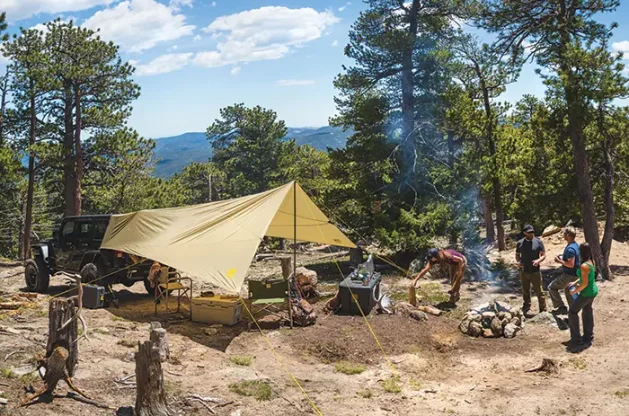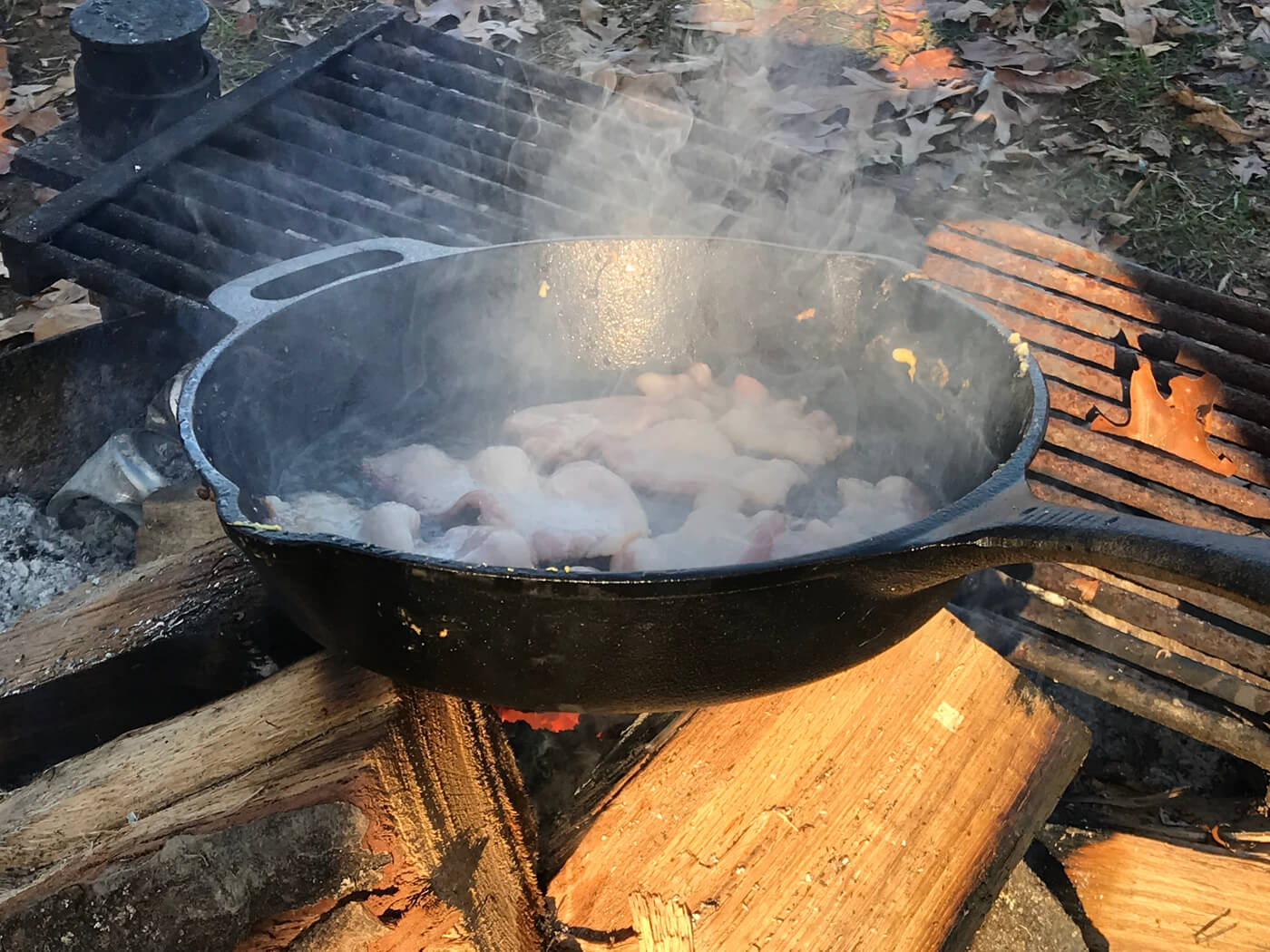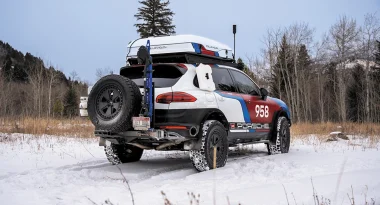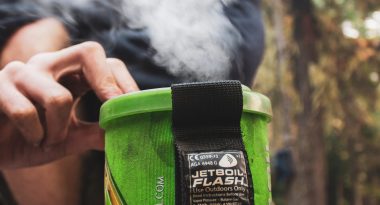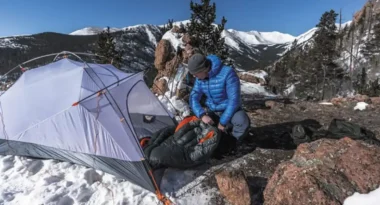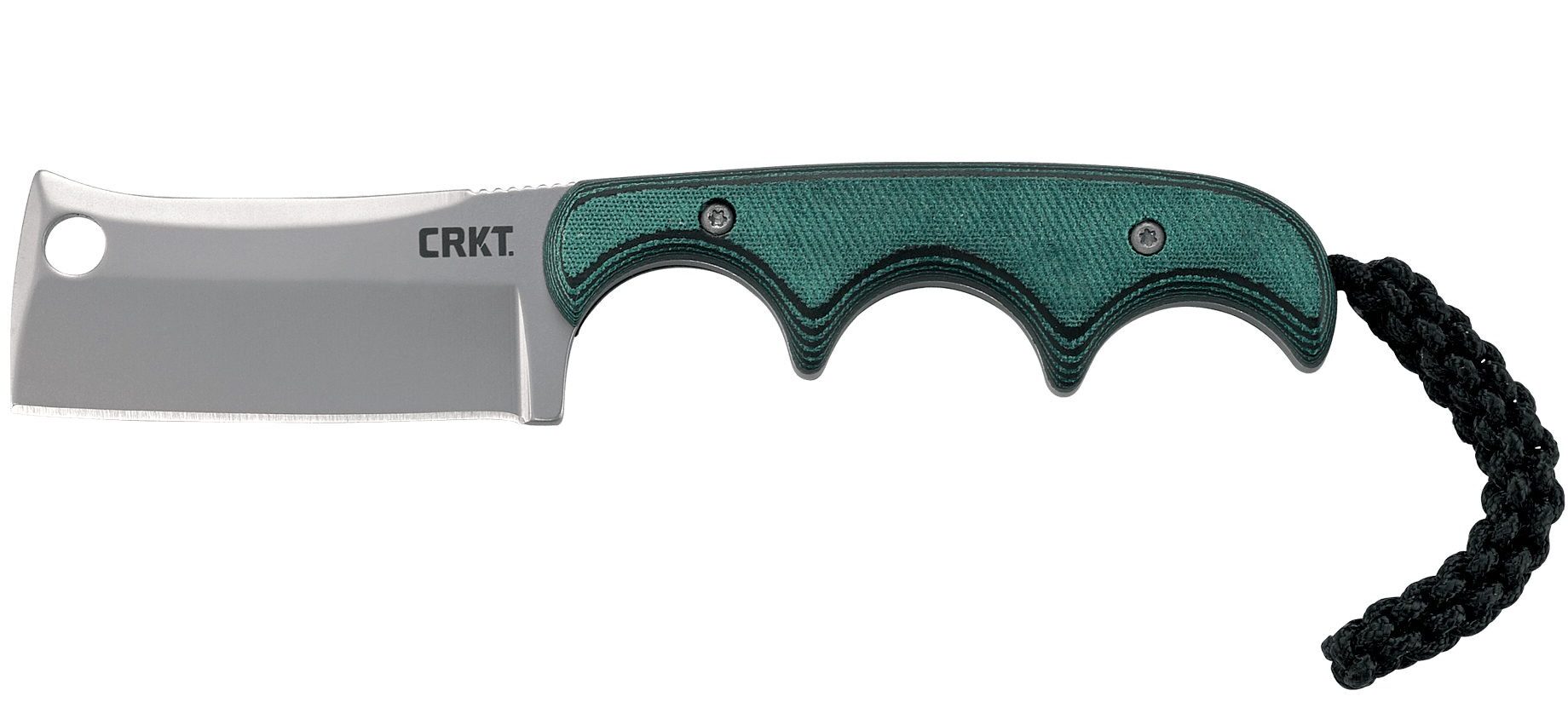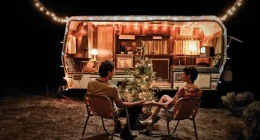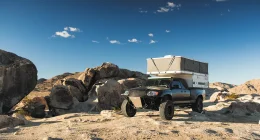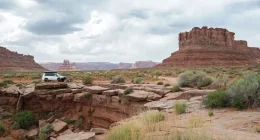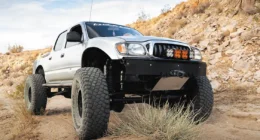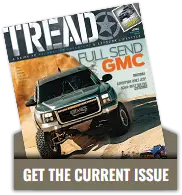Gimme Shelter: Choosing the Best Tent for the Trail, Truck, or Pack
Camp in style and comfort this summer.
Two thousand years ago, Romans in the fields of Europe erected tents made of leather, while their nomadic contemporaries to the east used woven hemp and wool to build yurts. Leather and hemp made way for canvas, 200 to 300 years ago, which led to lightweight polyester and nylon used in today’s modern tents. Though most are easy to pack and carry, and relatively simple to set up, there are numerous styles, configurations, features, and categories of tents, on the market—each with their benefits and obstacles—from a basic shelter made from a tarp to a multi-room polyester palace.
Standing in the tent aisle at your local outdoors store, or clicking through endless pages of brightly-colored camping condos online, can be overwhelming. Be sure you keep in mind a variety of parameters to make choosing easier; and if you are looking to use this tent on the trail, and your rig will do the hauling, disregard all weight constraints, and look for options that fit your particular lifestyle and needs.
Tent Season
It’s easy to navigate the four main categories of tent. Each is appropriately named for the season during which you’d likely use it.
Summer:
A summer tent is one that features large expanses of mesh at the dome, designed for maximum ventilation for hot summer nights. It should have a full rain fly for unexpected summer storms, and it will have a strong frame. They are usually lightweight and inexpensive, and great for keeping out the bugs at night.
Three-Season:
By far, a three-season tent (spring, summer, fall) is the most popular style. It’s capable of handling a variety of weather, with the exception of snow. Additionally, the nylon walls/pole structure should be able to withstand a harsh gale. Properly pitched with a taut rainfly, three-season tents can withstand downpours, but best of all, they offer a balance of ventilation, strength, and heat retention.
Winter (four-season):
With a squat stance, these tents endure whatever Mother Nature has in store for them—from severe wind to snowstorms. With sturdy poles and stout fabrics, they provide better insulation against the cold, and provide more structural support against the wind. They also feature numerous guy-out points to secure the tent with stakes. These are usually the priciest of tents per square footage.
Tarp:
Constructing a simple lean-to might be all that you need to keep out the sun, a slight breeze or a light rain. Tarpaulin is inexpensive and malleable enough to work into dozens of configurations. A variety of companies now offer lightweight tent material, in large sheets, that attach to your vehicle or can stand alone.
Tent Types
Tents come in all sizes and shapes, for almost any kind of camping scenario. Let’s break them down into their various shapes—from an A-frame shape one might find in a mid-century Boy Scout camp, to the now-popular dome tents and wedge-shaped tents used by backpackers and mountaineers. Let’s review a few of the most popular types.
Traditional A-frame tents
Often feature two poles at each end, which form a simple triangular shelter. Although they are easy to set up, they are not very roomy inside, nor very sturdy outside. They can be heavy, but they are exceedingly inexpensive.
Tunnel tents and modified A-frames
These utilize curved poles to create a cylinder-esque shape. They both provide more stability than an A-Frame tent, and come in a variety of lengths.
Dome tents
Domes are the most popular, employing a series of interconnected poles to create a stable dome shape. They provide a great deal of usable living space and are usually freestanding.
Instant tents
These are exactly what they sound like. An instant tent features a spring frame attached to the fabric of the tent, and when released, the tent snaps to its fully erected shape. The inexpensive designs are only really useful in favorable weather.
Pod tents
Originating in Europe as tents with various rooms, these were underwent a redesign to make the rooms easier to detach and expand. There is usually a center pod, to which rooms can be added. They seem like a great idea until you find yourself setting up an impressively large tent, which turns out to be many little tents strung together. An arrangement like this can be beneficial if your group fluctuates in number.
Framed family tents
These are constructed with rigid steel poles and angled joints, over which the material is attached. They provide a great deal of space for large families plus a lot of headroom, but they are complicated and can take a long time to assemble.
Cot tents
Are a relatively new development in tenting. They are traditional fold-up cots with a tent attached. It is good for the camper that doesn’t enjoy sleeping on the ground, but bad for the one that wants a little more space than what a cot can provide.
Roof-mounted tents
Though this guide is focused on ground options, we’d be remiss if we didn’t mention RTTs. Increasingly popular with vehicle-borne adventure seekers, these securely attach to a roof or pick-up bed rack, and can be deployed instantly. All you have to do is unfold them, and lower a ladder to gain access to the tent. Camping from a rooftop tent provides a great vantage point, and by sleeping off the ground, you’ll have less to worry about, in the way of bugs and animals.
10 Factors to Consider
First, much like buying a house, can you see yourself spending any time in the tent? The best options should provide their inhabitants with more than just a place to sleep. It might need to be a refuge from the wind, rain, sun or bugs, while also providing a place to relax, read, nap, or just hang out. Let’s take a look at ten important factors to consider when choosing the right tent.
Space and room:
Keep in mind, there is no industry standard for per-person dimensions. A six-person tent might barely fit your four-person family, while a two-person tent might have ample room for all of your gear, as well. Don’t just go by the square footage alone, but consider the dimension of the footprint. A 36-square-foot tent sounds nice, until you realize that six-by-six-foot dimensions will be uncomfortable for anyone over six feet in height. Taller campers will need a longer layout, while wider campers will need more lateral room.
Headroom:
There’s no bigger struggle when camping than getting dressed while crouching in a low-slung dome. If you don’t want to spend the weekend with a crooked neck, consider hubbed poles: They provide steeper sidewalls, which means more head room. In addition, taller options dissipate heat quicker in warm weather, but are more difficult to keep warm in the cold.
Ventilation:
In addition to retaining heat, a completely sealed tent may also retain moist carbon dioxide from your breath, providing a musty and damp experience. Summer options should be well ventilated to keep fresh air circulating. Whereas, a winter shelter will have fewer open areas to allow in the weather, it still should provide some circulation with the outside air. This is fairly easy to achieve via additional vents and windows, or an extra door.
Setup time:
After bouncing over boulders and trekking over trails all day, the last thing you want to do is spend an inordinate amount of time setting up a complicated tent, especially by flashlight or headlamp (or in inclement weather), and, especially, if it is new, or one you’re not familiar with. When choosing a tent, consider how complicated it might be to erect under different circumstances. Depending on your crew size, will you be pitching it by yourself or will you have help? Is it for just a single night, or one for a dozen nights?
Nearly all family-style tents sold these days are freestanding, meaning they do no require stakes and guylines to stand upright. This means that they are quicker and easier to set up. Once erected, they are easy to move as a whole or lift up to shake out dirt and debris at the end of the trip. Some even feature color-coded poles/corners to aid in a rapid setup.
Extra features:
The difference in quality of construction and materials used might be subtl, but there are a variety of features that will stand out on a good quality tent.
Pole construction:
Depending on the cost, you will see options for fiberglass, aluminum, or carbon fiber poles. Fiberglass poles are least expensive and serve well a light-duty tent, but they are heavier and less durable. You’ll most often find aluminum poles in tents for backpackers who are looking for durable and lightweight poles. On the other hand, carbon fiber poles are super light and super strong, but expensive and usually go along with ultra high-end tents.
Pole connection:
How the pole attaches to the tent will translate into how strong the overall structure is, and how quickly (or not) tent setup will be. When you feed poles continuous nylon sleeve over the span of the entire tent, it creates a very sturdy tent, able to withstand high winds and snow loads. However, it takes longer to set up. Some employ plastic clips, and although it makes tent construction a breeze, it also makes for an unstable tent in inclement weather. Many use both clips and short pole sleeves in an effort to balance strength, ventilation and setup ease. Consider the number of poles that accompany the tent, too: Fewer poles allow faster setup times, while more poles make for a stronger setup.
Vestibules:
A tent’s vestibule is like a garage for your gear, or a mud room where you can kick off your dirty boots before entering the main area. They are usually covered, but lack a floor attached. They serve well as a cooking area, if it is raining, or as a place to store extra gear you don’t want sitting out in the elements.
Footprint:
For added protection, it is a good idea to use a ground cloth/tarp or invest in a footprint. Usually, they’re a custom ground cover that goes directly under your tent. They are keep rain water from collecting under the tent, while providing an additional layer of protection from sharp rocks and twigs. It is considerably cheaper to replace a footprint than it is a whole tent.
Interior amenities:
Many come with some interior pockets to store lose gear, such as a gear loft that hangs from the peak of the tent, or a couple of mesh pockets in the corners. There maybe a couple of useful hooks in the peak, as well—handy to hang a lantern or ventilation fan. Judge for yourself whether these amenities are things you may use. Sometimes, they are there only to increase the marketability of a substandard tent.
Editor’s note: A version of this article first appeared in the May-June print issue of Tread Magazine and on treadmagazine.com in October 2017.

